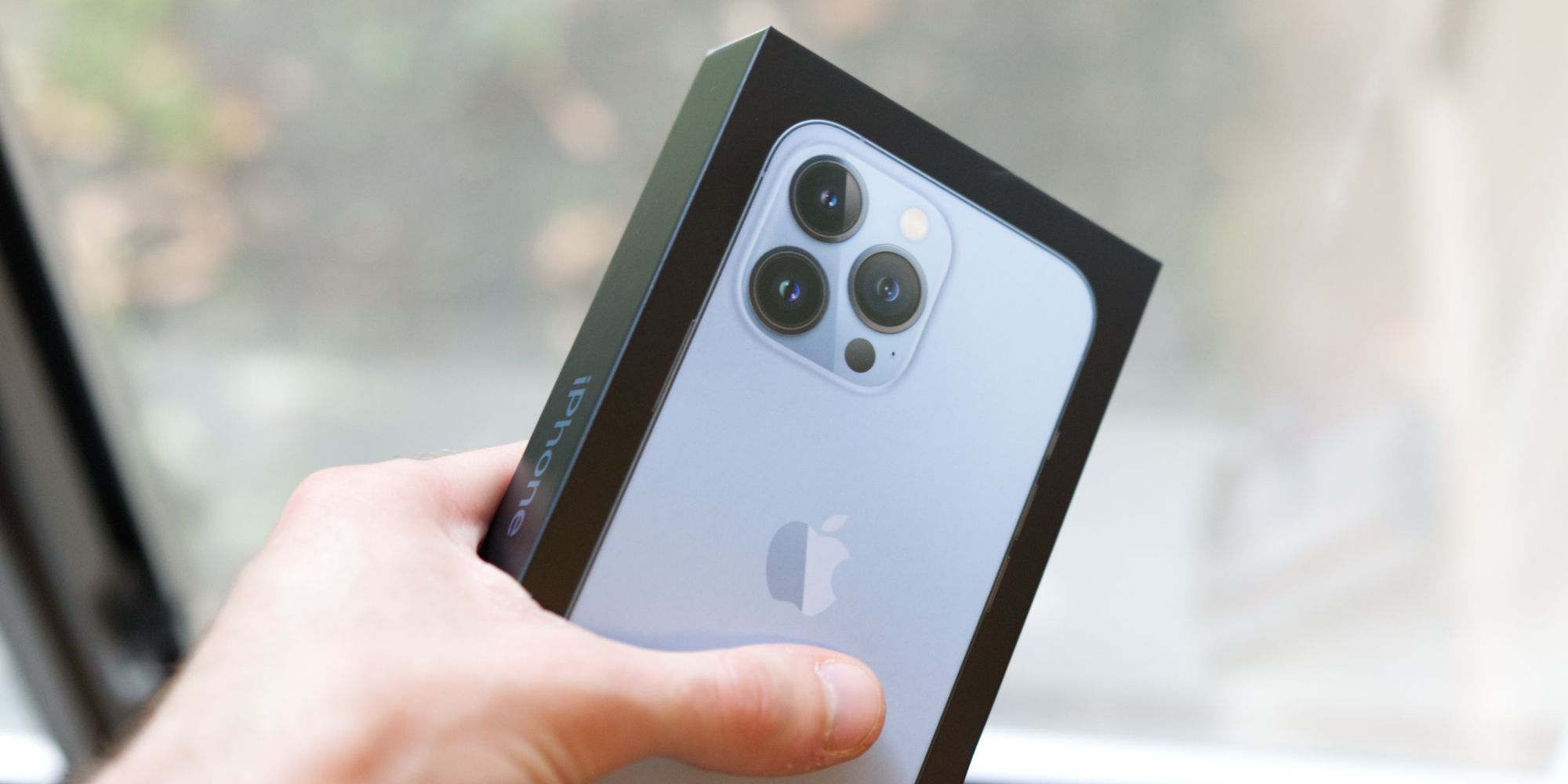A damaged liver that was kept alive and repaired in a machine for three days outside the body before transplantation is functioning normally in the recipient a year later
Health
31 May 2022
Pierre-Alain Clavien and Philipp Dutkowski during the transplantation of a liver treated in a machine Christoph Stulz, USZ
A human liver considered too damaged for transplant has been repaired inside a machine over three days and successfully transplanted into a recipient. The technology could increase the number of livers available for transplant.
Human livers for transplant are in short supply. In the UK, an adult waits an average of 65 days to receive one.
“People are dying on the waiting list,” says Pierre-Alain Clavien at the University Hospital Zurich, Switzerland.
One reason for the shortage is that the livers people agree to donate must pass strict tests to be considered suitable for transplant.
The technology that Clavien and his colleagues have built can take a damaged liver and repair it over the course of several days to make it suitable for transplantation. The team has tested the device over several years using pig livers and damaged human livers that weren’t suitable for transplantation. This is the first time a human liver repaired using the device has been tested in people.
The machine contains tubes that feed oxygen and nutrients, carried in donated blood, into the liver at a pressure and temperature that is found in the body. This flow of liquid also removes waste products such as carbon dioxide from the liver. Inside the device, the liver sits on top of an artificial diaphragm that simulates movements in the body. This helps to prevent a build-up of pressure that could kill liver cells.
“We give everything to this liver to keep it happy, in a way that [we hope means] the liver doesn’t know it is outside of the body,” says Clavien. This includes feeding the liver glucose at times that simulate normal eating patterns over the day.
The team collected the liver from a 29-year-old donor who had sepsis that was caused by their immune system’s reaction to multiple bacterial infections. The donor also couldn’t digest foods, which damaged their liver. The donor – whose fate after donating their liver hasn’t been revealed – also had a small lesion in their liver, which meant it was rejected by transplantation clinics.
Examining the lesion could have verified whether it was harmless or cancerous, but standard procedure – which stores livers outside the body for less than 12 hours at around 4°C – leaves insufficient time to take a biopsy.
“The organ was rejected [by transplantation clinics]. If this organ was not used [in our study], it would have been put in the trash,” says Clavien.
After flushing out liquid left inside the liver, and inserting tubes through the veins and arteries, the team connected the organ to the machine and monitored its production of proteins and bile – a fluid that helps with digestion in the gut.
The group found that the liver repaired itself and began to produce useful proteins and bile. The team was also able to clear harmful bacteria from the liver using a high dose of antibiotics, and took a biopsy of the lesion to check if it was cancerous. This revealed that the lesion was harmless and so didn’t pose a threat to a recipient.
The team also noticed that the liver increased in size by 25 per cent after being taken out of the donor, but the machine seemed to remove this swelling.
The researchers then transplanted the liver into a man aged 62, who had cirrhosis of the liver and liver cancer. He was unlikely to have survived long enough to get a transplant the standard way.
By taking liver samples, the team found that the liver began to regenerate substantially after just six days inside the man’s body.
“One week after, we took a biopsy that showed this incredible regeneration so the liver [cells] were proliferating like crazy. It then grew to match the size of the recipient,” says Clavien.
One year later, the liver was found to be functioning normally and the lesion had halved in size.
Clavien says the machine can be easily adapted for the transplantation of other organs.
“We are doing tests in kidneys now and it looks very good,” he says. He adds that in an ideal scenario, the machine could be widely available in the clinic within about two years.
“The researchers have pioneered the field,” says Nazia Selner at the University of Toronto in Canada. “The study is a significant step forward in organ transplantation research. It will trigger new developments that will change the landscape of organ preservation.”
Journal reference: Nature Biotechnology, DOI: 10.1038/s41587-022-01354-7
Sign up to our free Health Check newsletter that gives you the health, diet and fitness news you can trust, every Saturday
More on these topics:


























































